As infants, children hear and start to learn sounds. Preschoolers begin to manipulate sounds into spoken words and, as they get older apply and match those sounds to written letters and written words. Young students must then learn vocabulary as well as appropriate structure for sentences, paragraphs and storytelling. Eventually, in elementary school, kids develop and strengthen reading fluency and comprehension skills. There are certain areas of the brain that are highly active as kids learn to read.
Motherly Life Notes
Source
Multiple Regions of the Brain are Active When Learning to Read
There is a lot is going throughout the different stages when children are learning to read. First, infants learn to process sounds. Preschools learn to adjust the sounds to create and connect words while also learning the meaning of those words. Elementary school aged children then learn to read through a process of connecting the sounds to written letters and words. Throughout this learning, a number of brain regions are actively involved.
The temporal lobe is activated when kids learn sounds and the frontal lobe is involved for speech and comprehension. The angular and supramarginal gyrus links the parts of the brain used to decipher and connect letter shapes to form words. There are also important white matter pathways, a collection of brain nerve fibers, involved to help the brain learn and function.
Strong readers start out with strong pathways. Conversely, narrow or crowded white matter tracts can affect reading and comprehension skills. It’s a type of highway system connecting the different regions of the brain. With remediation and intervention, changes in these pathways may affect the ability to read and comprehend.
Harvard Medical School, publication archives 2016
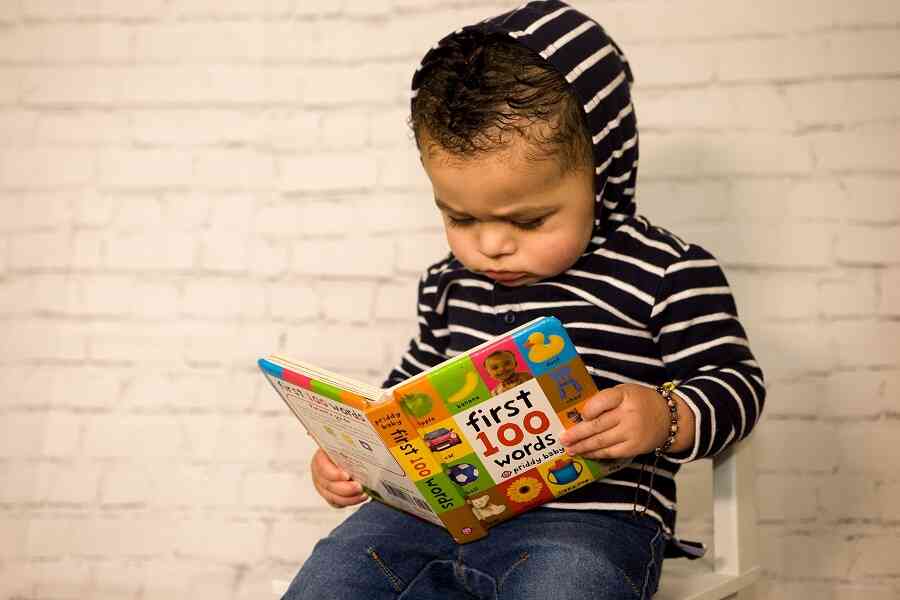
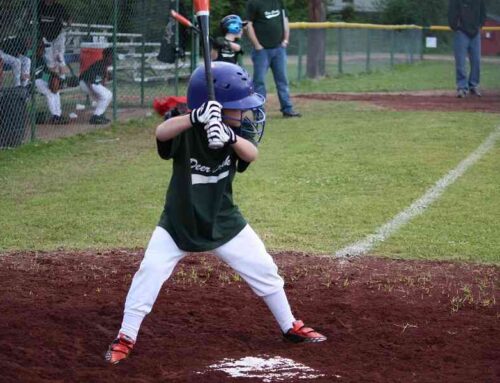
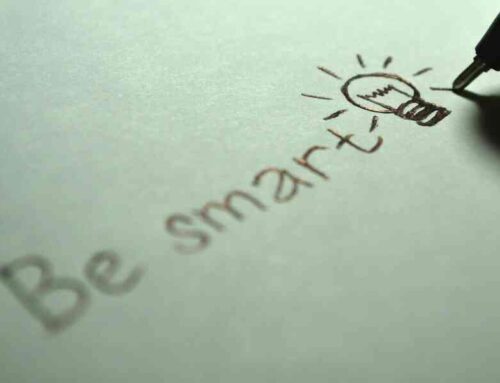
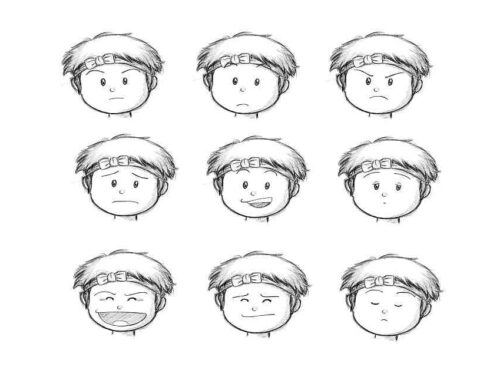
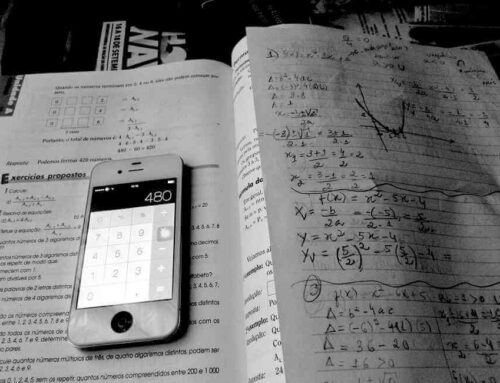


Leave A Comment